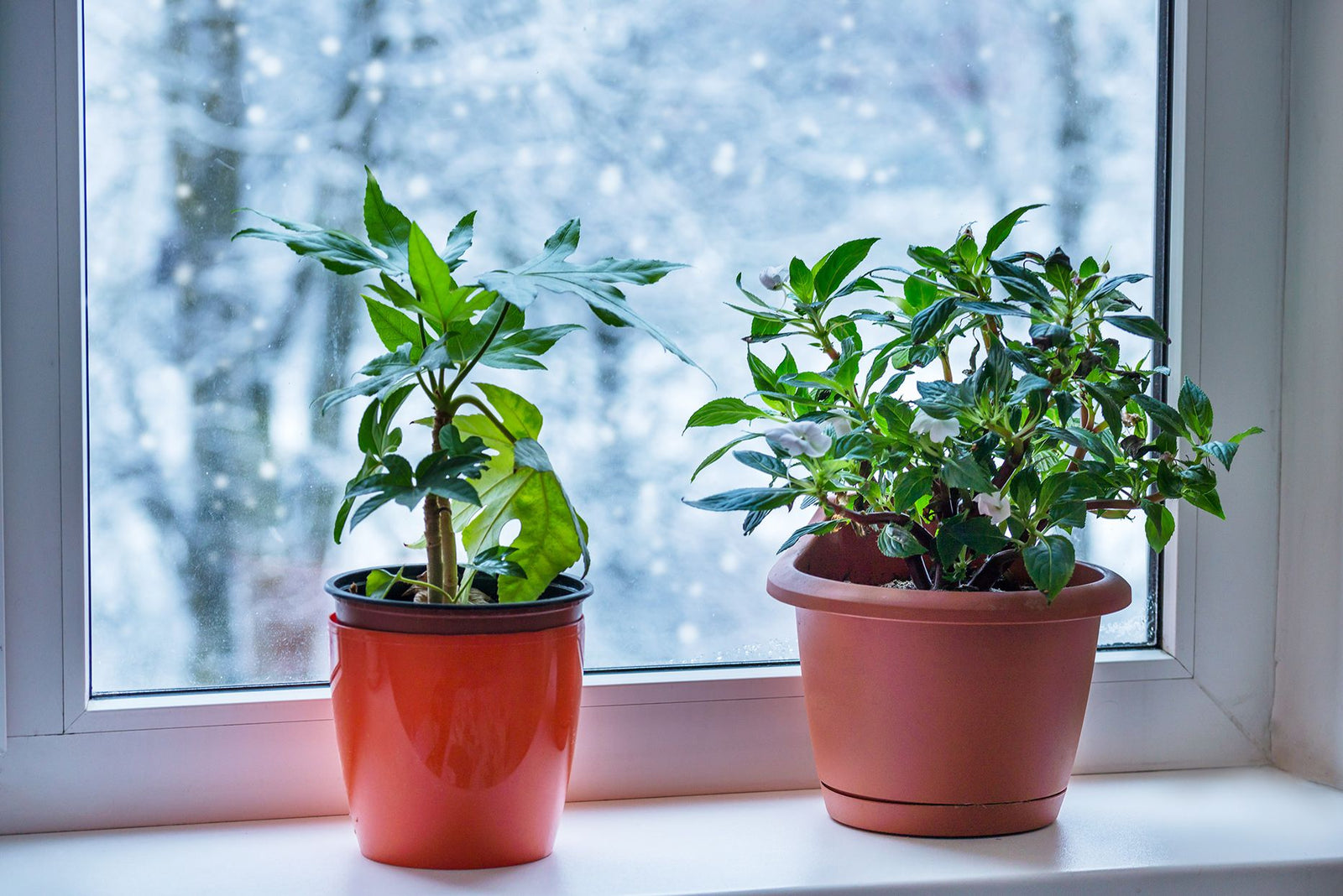Tulips are a wonderful way to add some colour and life to your garden. They're easy to grow and take care of. But as with all plants, it's important to give them the right nutrients and care they need to thrive. Luckily, caring for tulips isn't hard - here are some tips from your expert florist on how to do it!
When you plant tulips, you should do so in autumn or early winter because spring is when they with bloom, livening up your garden with their bright, vivid colours. Generally in Australia, planting them around Mother’s Day is a good rule of thumb. Tulips can be found in almost every colour, except for blue. There are also quite a few different types you can choose from.
Tulip care tips
Watering and fertilisation
Once planted, there isn’t much maintenance you need to upkeep with tulips. Ensure that your tulips are in a cool and moist environment. Water your tulips well after you’ve planted them. Once you see foliage, you can water them every 7-10 days depending how dry the soil gets. When the buds have appeared, you should water regularly but keep bulbs dry whilst they are dormant. In terms of fertilising, you may also want to feed them liquid seaweed or liquid fertiliser every so often.
Lifting and naturalisation
Tulips need to be lifted or naturalised yearly in order to be replanted. To lift your tulips, you should dig up the roots after the foliage has browned and let the bulbs dry out (not in direct sunlight). If you don’t let the foliage finish its cycle and turn brown, the tulips might not flower next year. By letting it finish its course, the bulbs are reserving energy to flower next season. Prune off the foliage once it’s totally dry and paper-like. Then store the bulbs in a cool, dry, ventilated position until you replant them next year. This can be some newspaper or a brown paper bag. At the start of April, you can put the bulbs in the fridge to chill before planting.
Not all environments are suitable for tulips to naturalise. They tend to prefer spring to cold winter conditions. To naturalise, tulips need to get adequate shade in summer and heat protection. It may be worth adding plenty of mulch once the foliage is dead. And you can prune the foliage when it has become brittle.
Pests and diseases
Tulips are generally not vulnerable to pests or diseases but you should look out for aphids that attack new growth shoots or bulb rot if the soil gets too wet.
Growing and planting tulips
Planting
An area with direct sunlight is best for tulips if you live in a cooler climate. If you live in warmer climate, you should find a spot with some sun to partial shade. Keep in mind that tulips don’t like strong wind. Plant them approximately 15cm apart, putting the bulbs in three times as deep as the height of the plant in the soil.
Soil
Tulips like well-drained soil with complete organic fertiliser or compost, so prepare your soil before planting your tulips.
Shop tulips for your garden from Mordialloc Florist™
Want to buy tulips for someone or treat yourself with some? You can find fresh, vibrant tulips from Mordialloc Florist™ to add some colour to your home or brighten someone’s day. We deliver all over Melbourne, with over 170 suburbs in our delivery network, so you can get tulips delivered anywhere, directly to your doorstep or your loved one’s.




